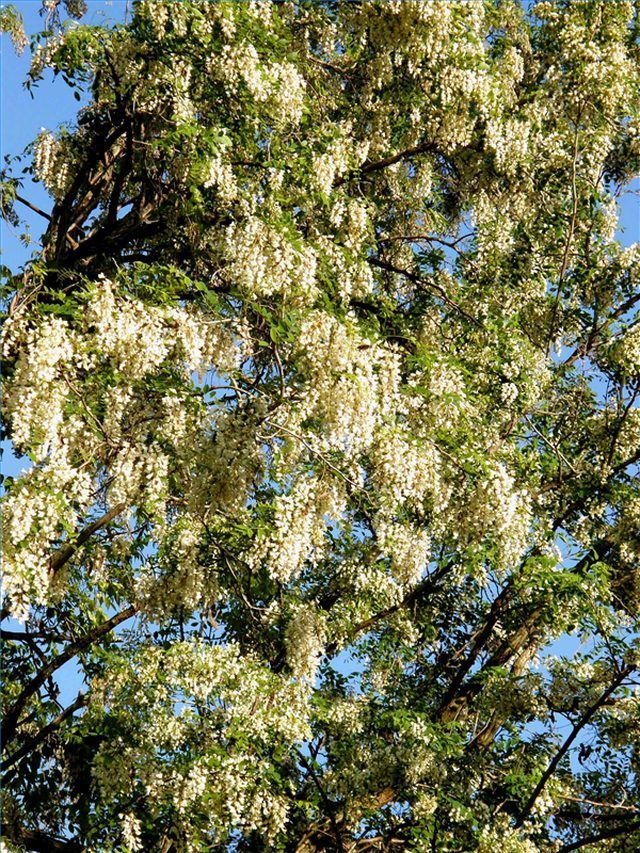Bulbs
Flower Basics
Flower Beds & Specialty Gardens
Flower Garden
Garden Furniture
Garden Gnomes
Garden Seeds
Garden Sheds
Garden Statues
Garden Tools & Supplies
Gardening Basics
Green & Organic
Groundcovers & Vines
Growing Annuals
Growing Basil
Growing Beans
Growing Berries
Growing Blueberries
Growing Cactus
Growing Corn
Growing Cotton
Growing Edibles
Growing Flowers
Growing Garlic
Growing Grapes
Growing Grass
Growing Herbs
Growing Jasmine
Growing Mint
Growing Mushrooms
Orchids
Growing Peanuts
Growing Perennials
Growing Plants
Growing Rosemary
Growing Roses
Growing Strawberries
Growing Sunflowers
Growing Thyme
Growing Tomatoes
Growing Tulips
Growing Vegetables
Herb Basics
Herb Garden
Indoor Growing
Landscaping Basics
Landscaping Patios
Landscaping Plants
Landscaping Shrubs
Landscaping Trees
Landscaping Walks & Pathways
Lawn Basics
Lawn Maintenance
Lawn Mowers
Lawn Ornaments
Lawn Planting
Lawn Tools
Outdoor Growing
Overall Landscape Planning
Pests, Weeds & Problems
Plant Basics
Rock Garden
Rose Garden
Shrubs
Soil
Specialty Gardens
Trees
Vegetable Garden
Yard Maintenance
Lilac Tree Information
Lilac Tree Information. A lilac tree welcomes summer with colorful, fragrant blossoms and dark green leaves. Unlike lilac plants or shrubs, the lilac tree grows tall enough to shade a yard. The lower branches are high enough to walk underneath, making yard maintenance easy.

A lilac tree welcomes summer with colorful, fragrant blossoms and dark green leaves. Unlike lilac plants or shrubs, the lilac tree grows tall enough to shade a yard. The lower branches are high enough to walk underneath, making yard maintenance easy.
Features
Lilac trees have flowers that are similar to those on lilac bushes. The flowers form tight clusters and are usually cream or pink. A few varieties have purple or green flowers. The flowers appear in the summer and last about a month. Lilac flowers are very fragrant. The tree can grow to a height of 15 to 30 feet.
Care
Lilac trees require little care. These trees tolerate drought and survive well in city settings. In periods of little rainfall, watering only once a month is all it takes for this tree to thrive. Most varieties of lilacs will only produce flowers on growth that is at least 3 years old, so pruning should be done sparingly. Lilacs prefer direct sunlight but will live in the shade. Shaded trees, however, produce fewer and smaller blooms.
Propagating
Growing lilacs can be done in two ways. Growing a tree from seed will be a slow process. It can take six years for a tree grown from seed to produce flowers. The more common way of growing lilacs is to start a new plant from shoots. Shoots come up from the roots of larger trees. These shoots can be carefully dug up and transplanted. Growing a tree from a shoot will give you flowers in as few as three years.
Benefits
The advantage to planting a lilac tree instead of a lilac bush is shade and lifespan. Lilac bushes only reach a height of 10 feet, while a tree can grow up to 30 feet and be 15 feet wide or more. Lilac trees have an average lifespan of 100 years.
Range
Lilac trees can be grown all over the world. Varieties are hardy in temperate zones 2 to 10. This tree can tolerate moderate cold as well as high heat. They require very little rainfall but will thrive in areas with extreme periods of heavy rain. Lilac trees should be protected in areas with very high winds. These trees take a long time to recover from damage and may stop blooming while doing so.